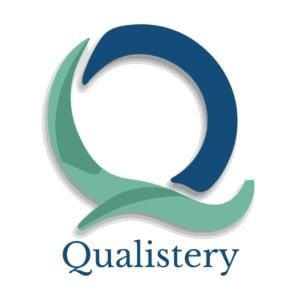The pharmaceutical industry has faced many challenges recently, including the need to track and trace prescription drugs. Several pharmaceutical track and trace programs are in place, each with its regulations. These programs have come under scrutiny in recent years due to concerns about their effectiveness and privacy.
What are pharmaceutical track and trace programs?
Pharmaceutical track and trace programs are designed to track and trace the movement of pharmaceutical products throughout the supply chain. These programs are implemented to help ensure the safety and efficacy of these products and help prevent counterfeiting and diversion. Pharmaceutical track and trace programs utilize barcodes or radio frequency identification (RFID) tags to track and trace products. These programs are subject to various regulations promulgated by the U.S. Food and Drug Administration (FDA).
What are the regulations for these programs?
The U.S. Food and Drug Administration (FDA) has established two track-and-trace programs for pharmaceuticals:
The Serialized Product Identification program requires drug manufacturers to place a unique identifier on each unit of certain prescription drugs. The identifier must be applied at the unit level and be human-readable and machine-readable. This program aims to help patients receive authentic drugs and to help track and recall counterfeit or contaminated products.
- Serialized Product Identification program
- Product Tracing program.
The Product Tracing program requires drug manufacturers, repackagers, and wholesale distributors to maintain records of the sale, distribution, and purchase of certain prescription drugs.
The U.S. Food and Drug Administration (FDA) has implemented two nationwide track-and-trace programs for prescription drugs as required by the Drug Supply Chain Security Act (DSCSA):
- Pharmaceutical Traceability Enhancement Code (PEC)
- Interoperable Exchange of Information on Falsified and Counterfeit Drugs (IWG).
Both programs are designed to help ensure that prescription drugs sold in the United States are safe and secure. However, both programs have faced challenges in implementation.
What are the issues with these programs?
Some of the issues associated with these programs include the cost of implementation, data privacy concerns, and the potential for errors.
The PEC program has been criticized for its lack of transparency and burden on pharmacies and other stakeholders. The IWG program has been slow to get off the ground, and its effectiveness remains questionable.
Final Words
In conclusion, pharmaceutical track and trace programs are designed to help ensure the safety of the drug supply chain. These programs track and trace the movement of prescription drugs from the point of manufacture to the point of sale. The regulations for these programs are complex and ever-changing. The issues with these programs include the potential for errors and the need for constant updating.
Learn how to overcome challenges impacting your track and trace programs with advanced security updates and line optimization technologies in this upcoming webinar:

With a dedication to serving the pharmaceutical industry, Qualistery specializes in hosting informational webinars that support both professionals within the pharma sector and service providers. Our commitment lies in empowering businesses to maximize their impact through engaging virtual events and strategic webinar solutions. Additionally, Qualistery supports life science companies through private GxP training and compliance services.








